

Our paper won the best article award in the journal Multimodal Transportation 2024. This content establishes an income matrix for drivers in varied scenarios and employs evolutionary game theory (EGT) to dissect the dynamic operating strategies of taxi and online car-hailing drivers.
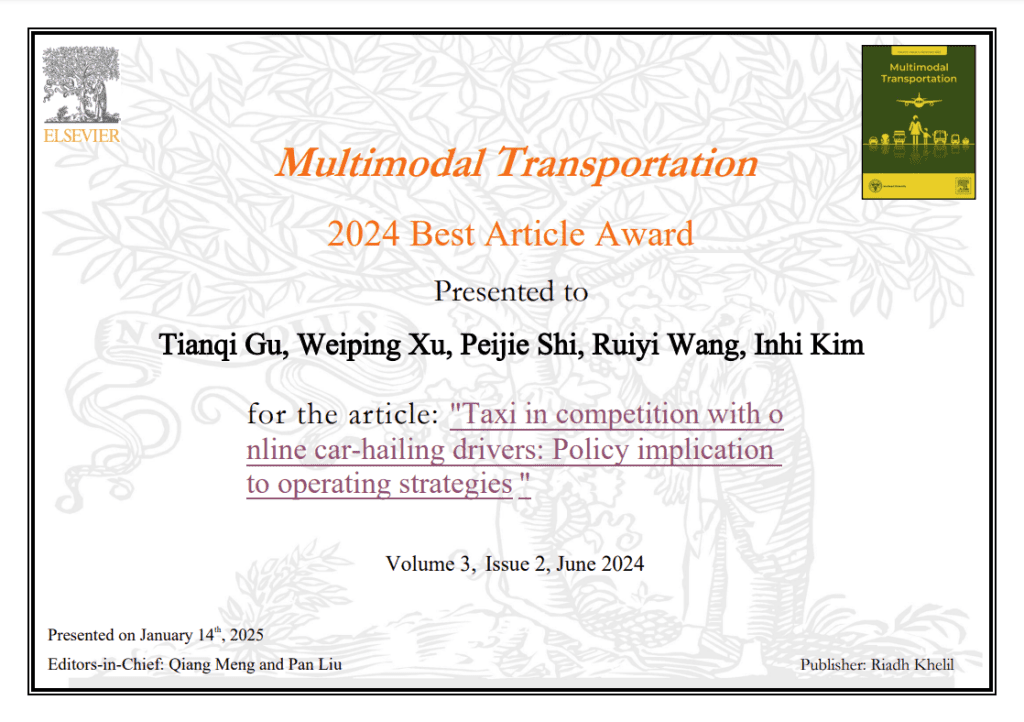
https://www.sciencedirect.com/science/article/pii/S2772586324000108
I am truly honored that TUPA was selected for the Outstanding Paper award by the committee on bicycle transportation at the 104th Transportation Research Board Annual Meeting. This paper achieved the highest ranking with a perfect score of 10 out of 10. I am extremely proud of my students for their outstanding achievements.
The paper titled “Micromobility Safety Challenges: A Study on Drivers Overtaking Bicycles and E-Scooters According to Road Conditions and Cross-Modal Experience,” co-authored by Hyuncheol Park, Jaehyuk Lim, and Taeho Oh presents important research on the challenges facing micro-mobility in the face of increasing traffic accidents. This is a timely and significant study, especially as micro-mobility systems face growing difficulties.
Hyuncheol Park is a master’s student and has already confirmed his plans to pursue a Ph.D., and I am confident he will continue to produce exceptional research over the next four years.
I want to extend my deepest gratitude to the committee members who selected this paper for the Outstanding Paper award and particularly to the Committee Chair, Mr. Calvin Thigpen, for his invaluable support and guidance.
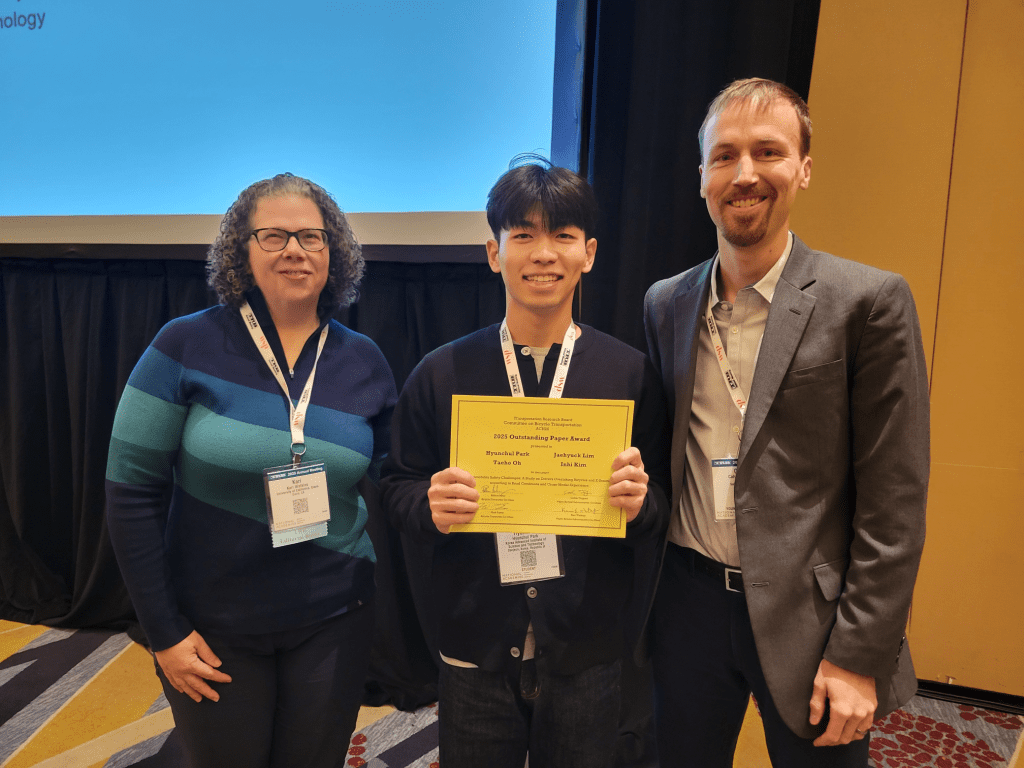


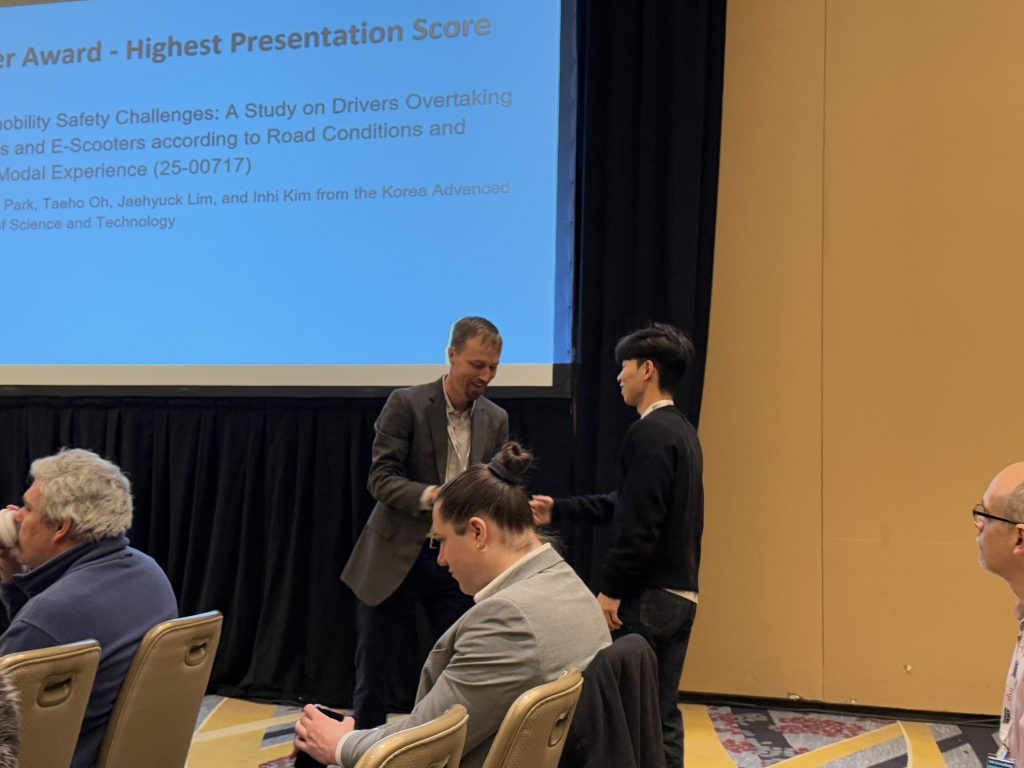
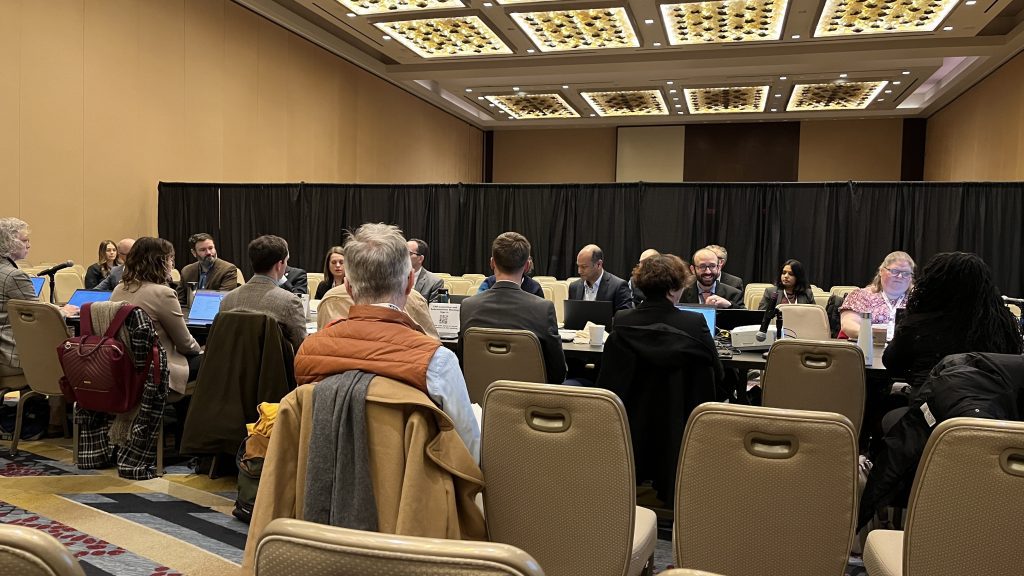
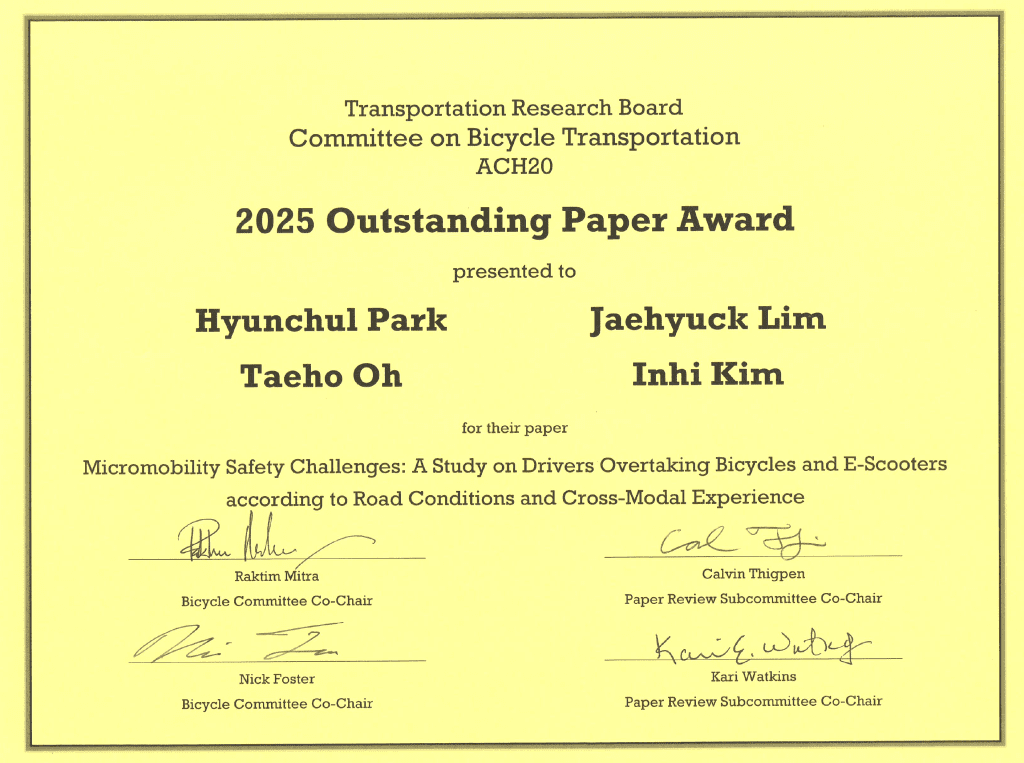
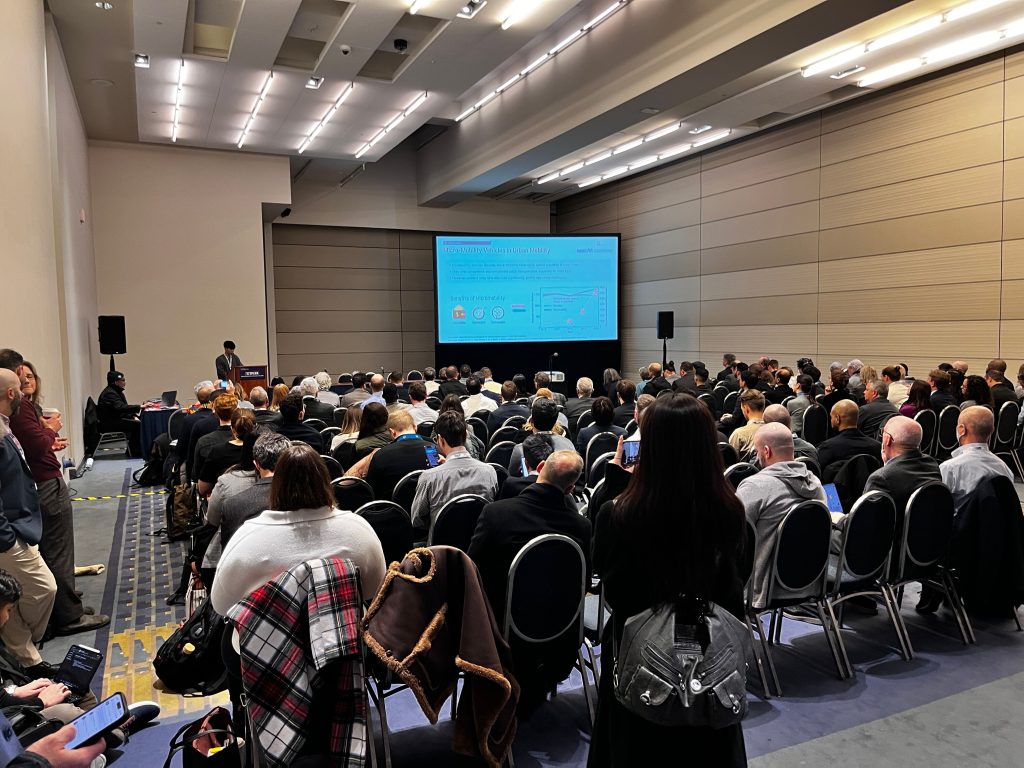
On this suddenly cold day with mixed rain and snow, I would like to express my gratitude to the ASEAN transportation officials who made their way to KAIST. Through the 2024 ASEAN-ROK Human Resource Development Program (Smart Mobility), 16 transportation officials from ASEAN countries visited KAIST. They reviewed various ongoing projects that KAIST and the Ministry of Land, Infrastructure, and Transport are conducting with ASEAN countries and also had the opportunity to visit and experience KAIST’s cutting-edge research and facilities. Notably, this time, we introduced tele-driving for the first time, and it received a great deal of interest. Moving forward, we will continue to support smart mobility, taking another step forward in close cooperation with ASEAN countries.

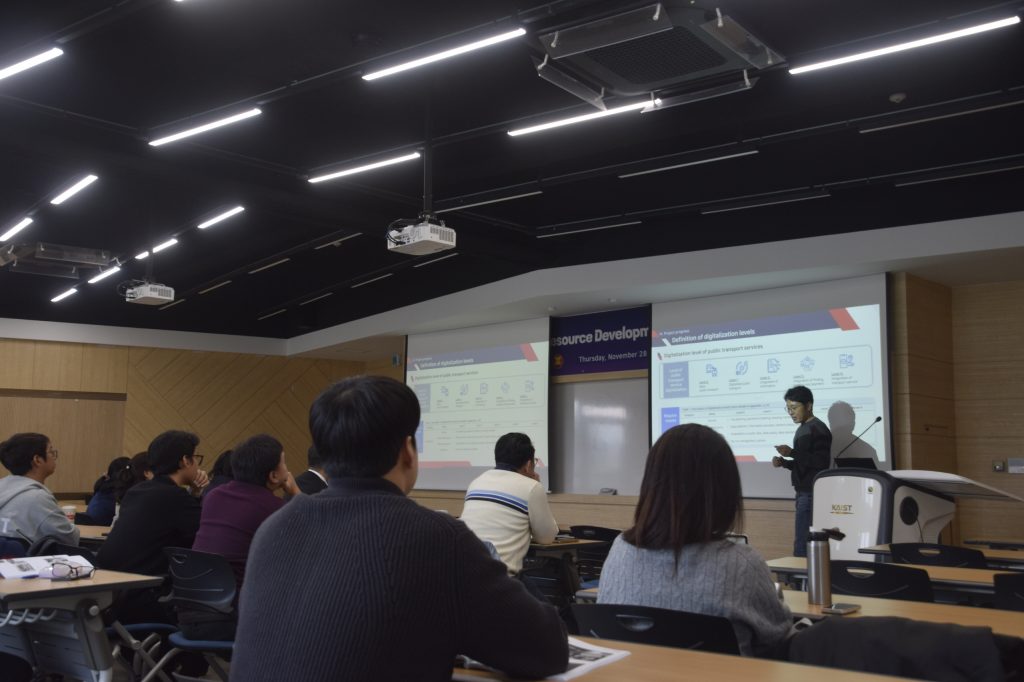
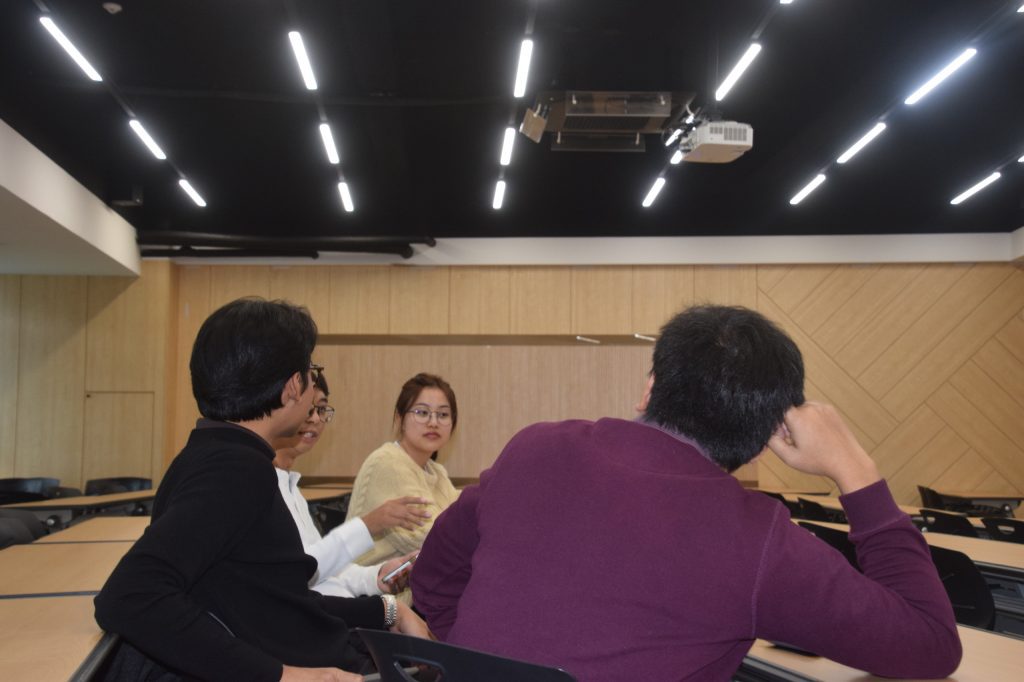


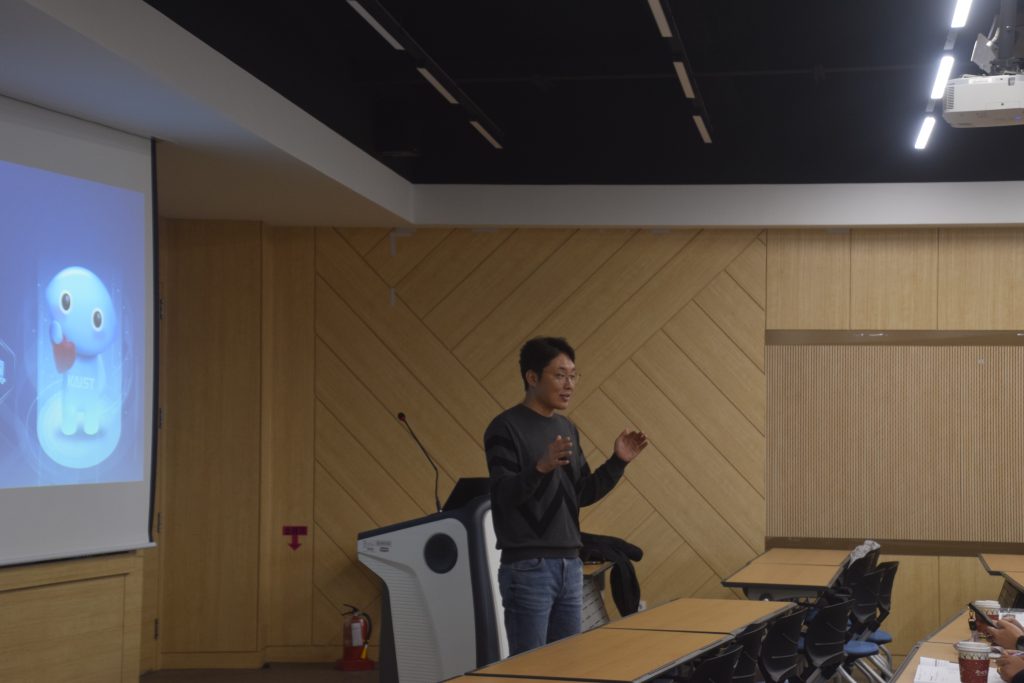


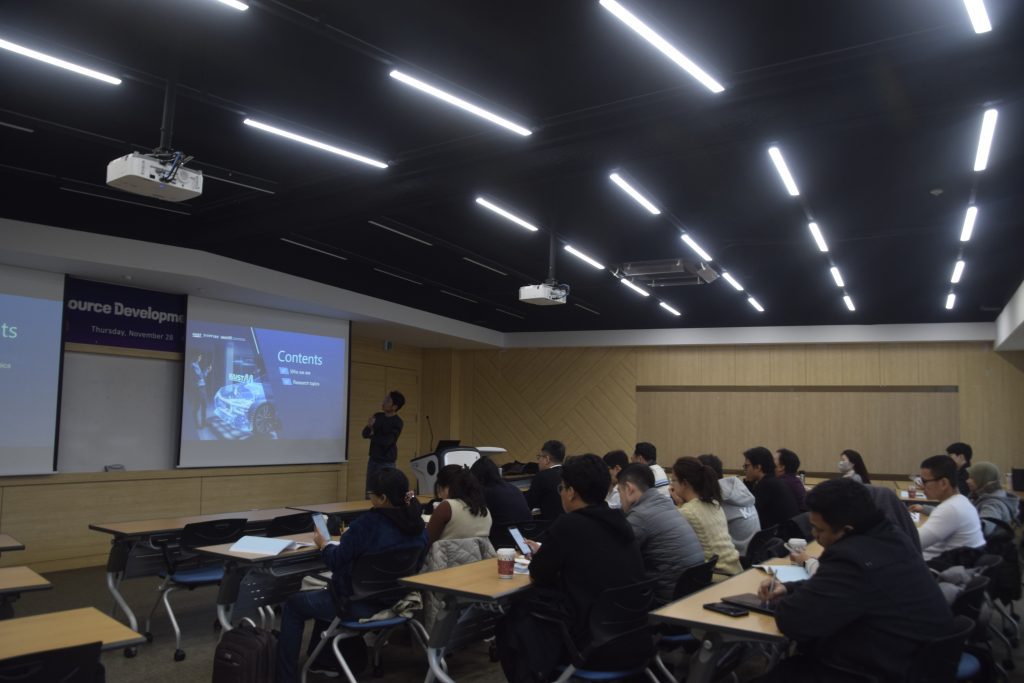


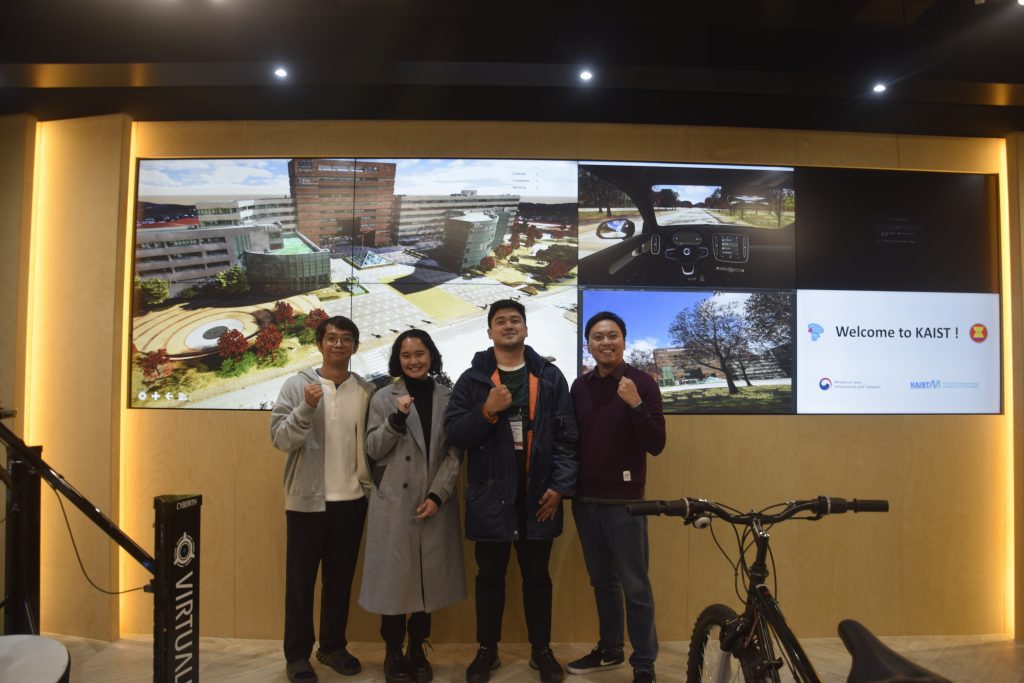

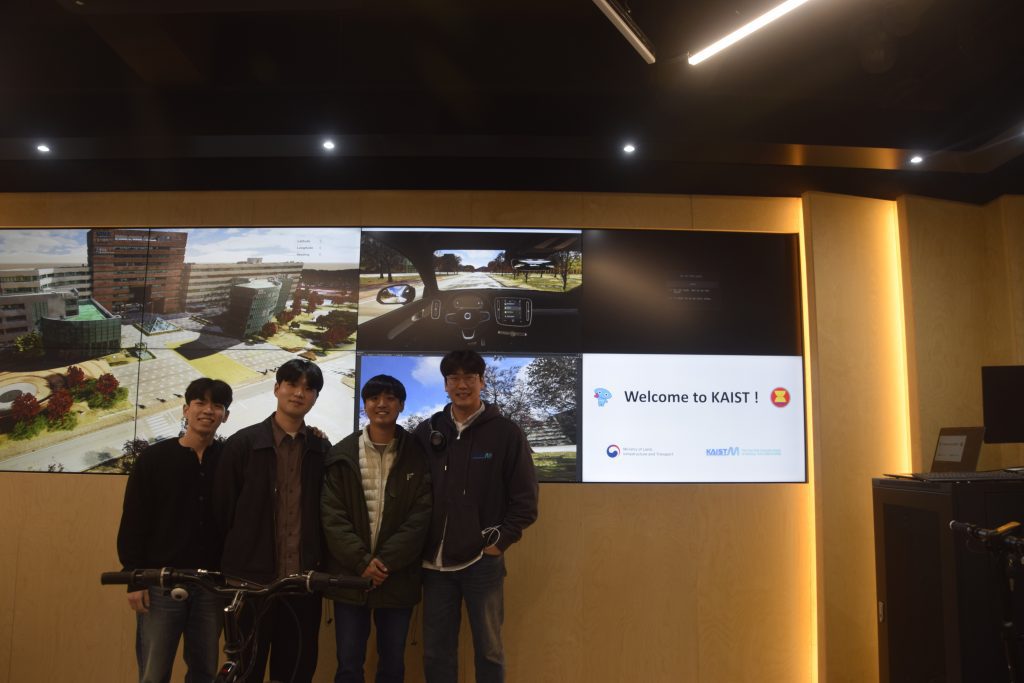



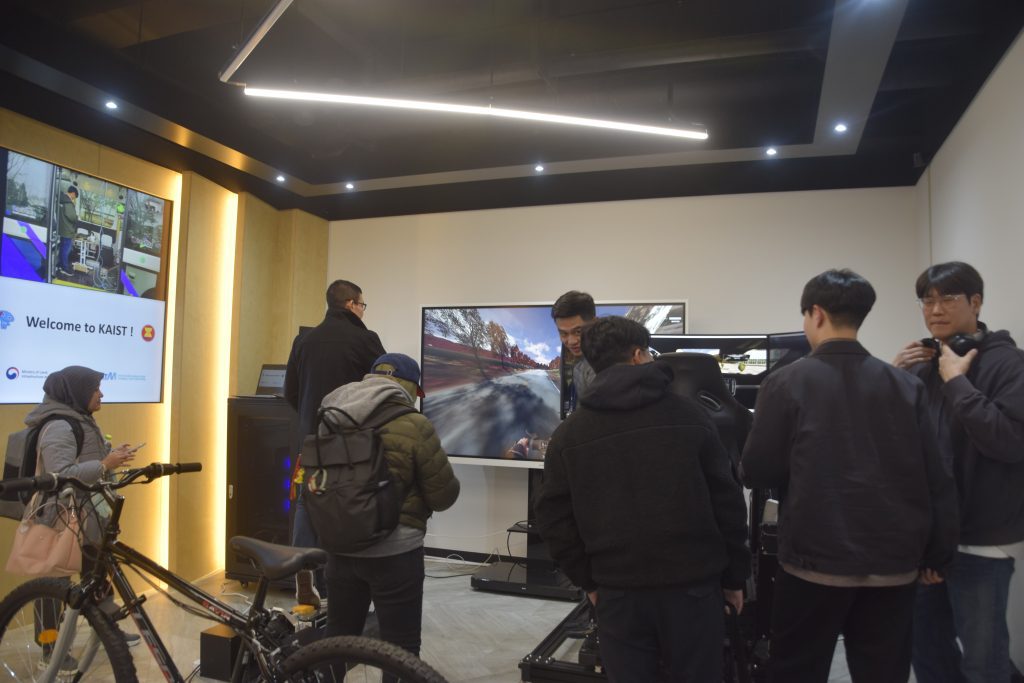

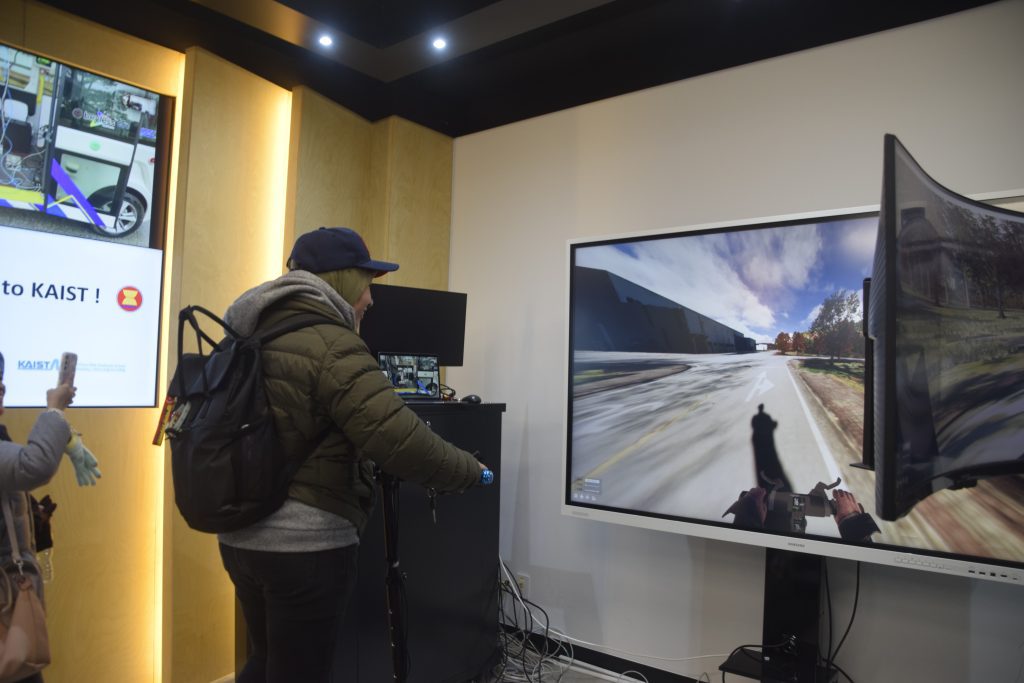



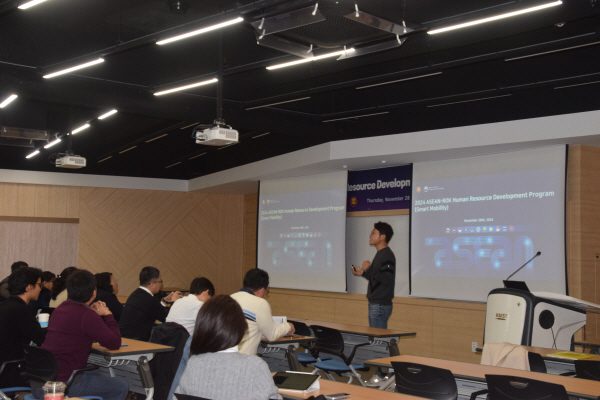

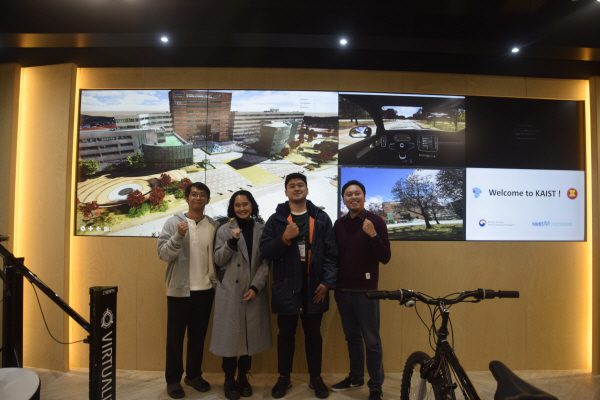



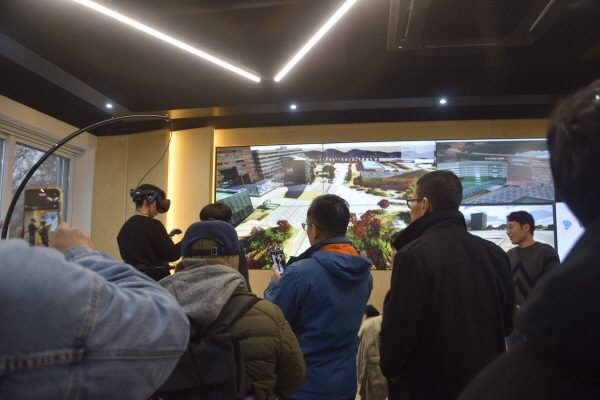

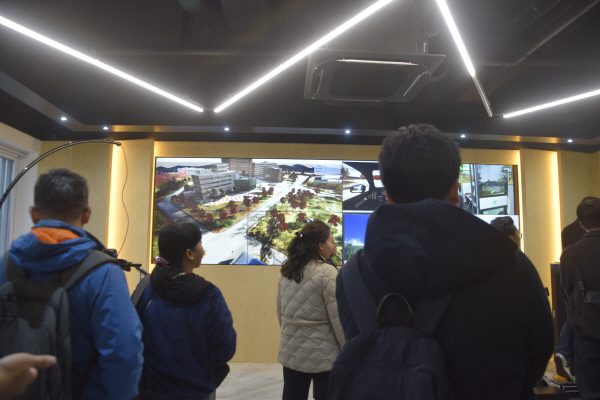

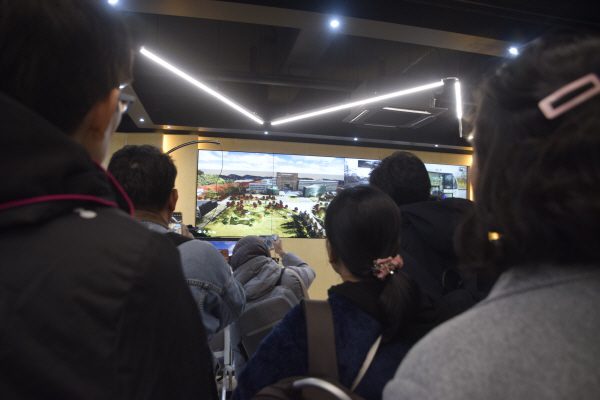

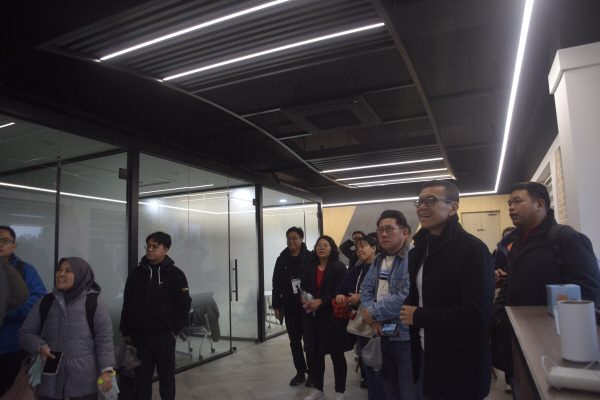

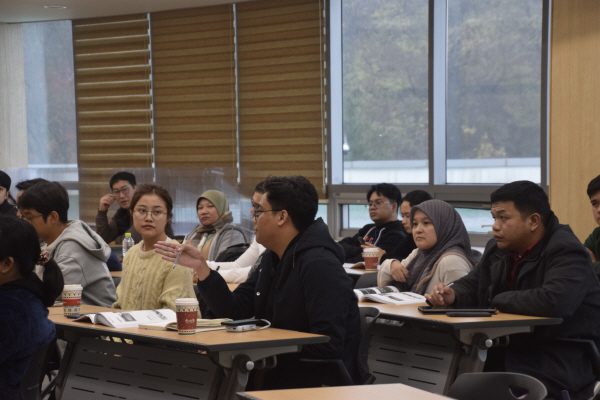

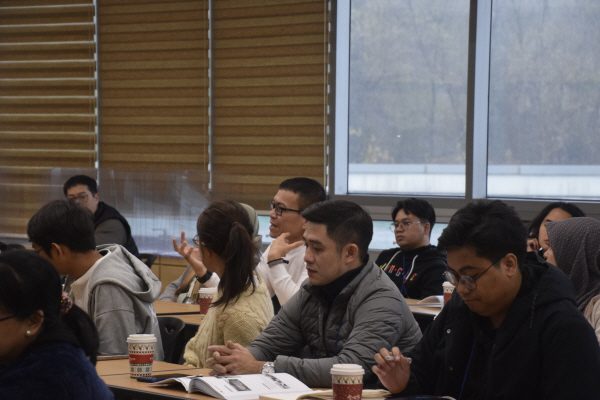













I attended and presented the ASEAN-ROK transport roadmap 2026-2030 at the 58th Senior Transport Officials Meeting (STOM) and the 30th ASEAN Transport Ministers Meeting (ATM) in Kuala Lumper in Malaysia on 20th November 2024.
The transport ministers from the 10 ASEAN countries and the Minister of Land, Infrastructure, and Transport of Korea, Mr. Sang-Woo Park, attended this meeting to discuss future development plans.
The main agenda of the road map in the next 5 years is the AI applications in mobility. With the South Korean government, Korea Advanced Institute of Science and Technology will support The ASEAN Secretariat member states in embracing big data, digital twins, artificial intelligence, automated vehicles, and more cutting-edge technologies in the mobility field.
We look forward to having Korean companies working together to support the ASEAN countries through various ODA mobility projects. Please get in touch with us if you have brilliant ideas or items to deliver.
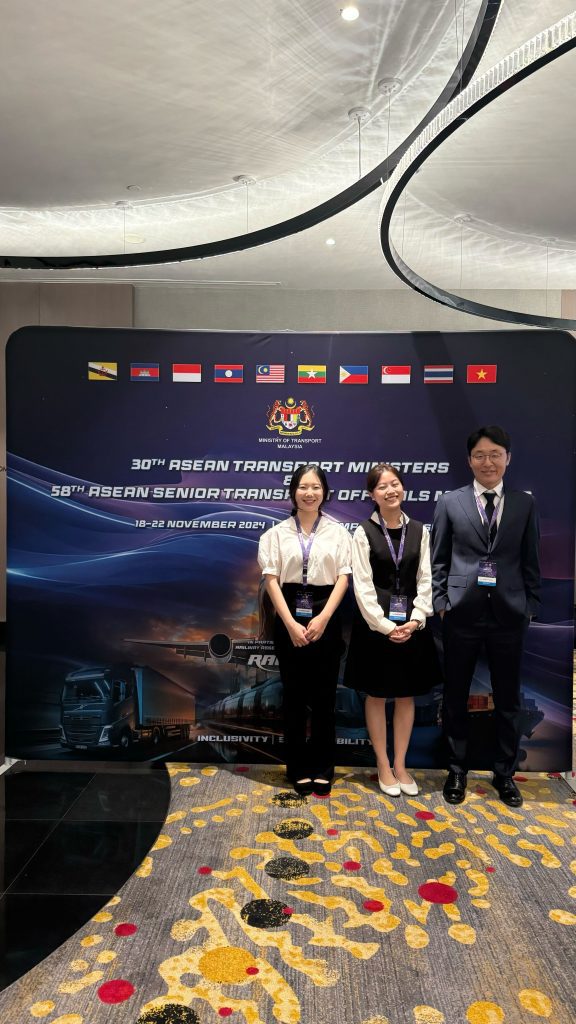

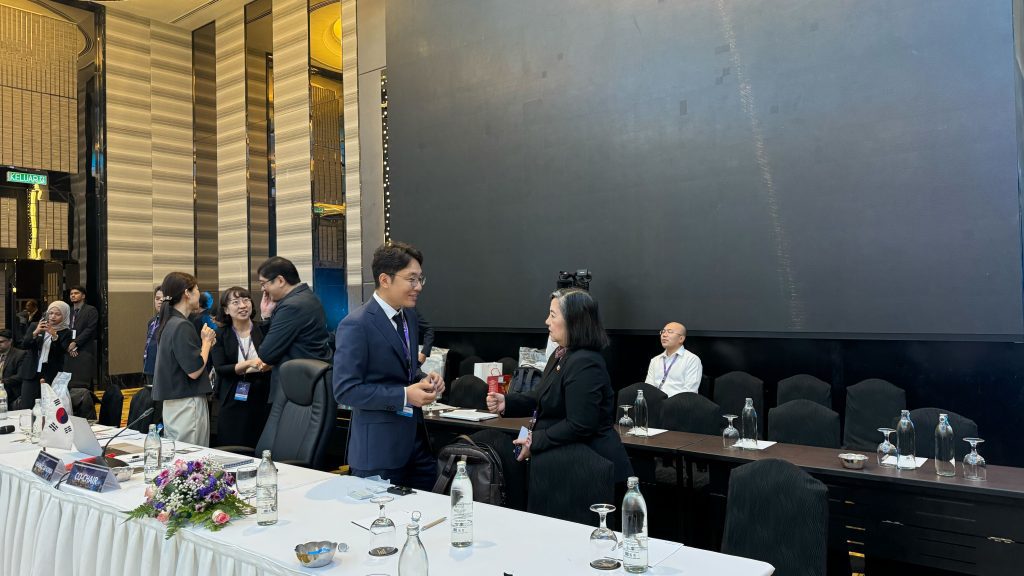



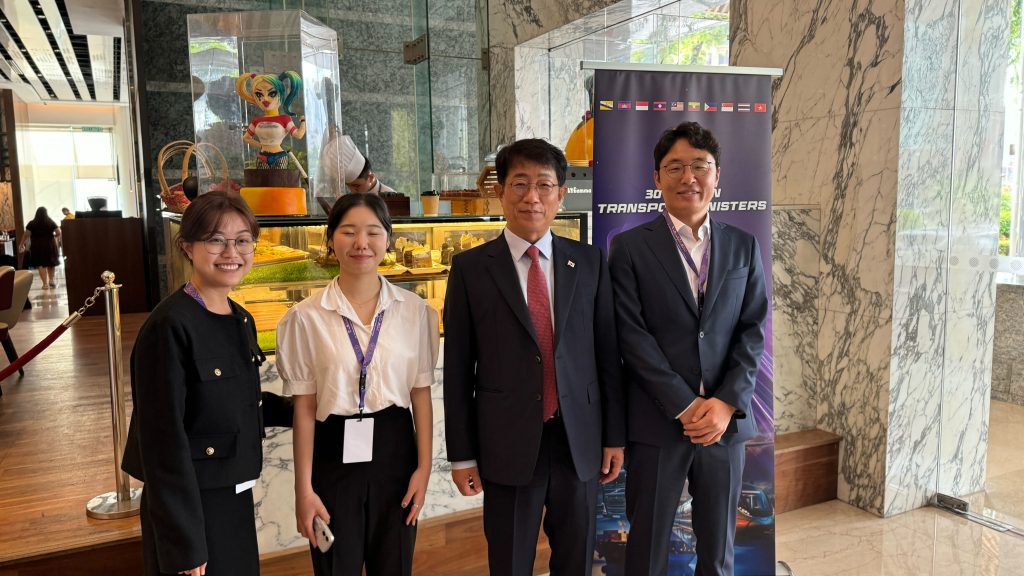







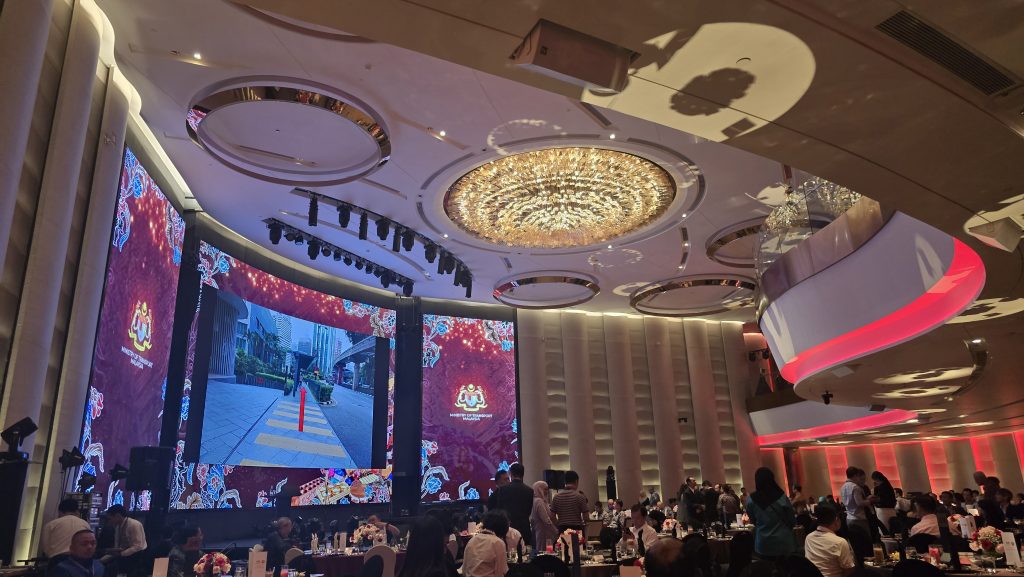



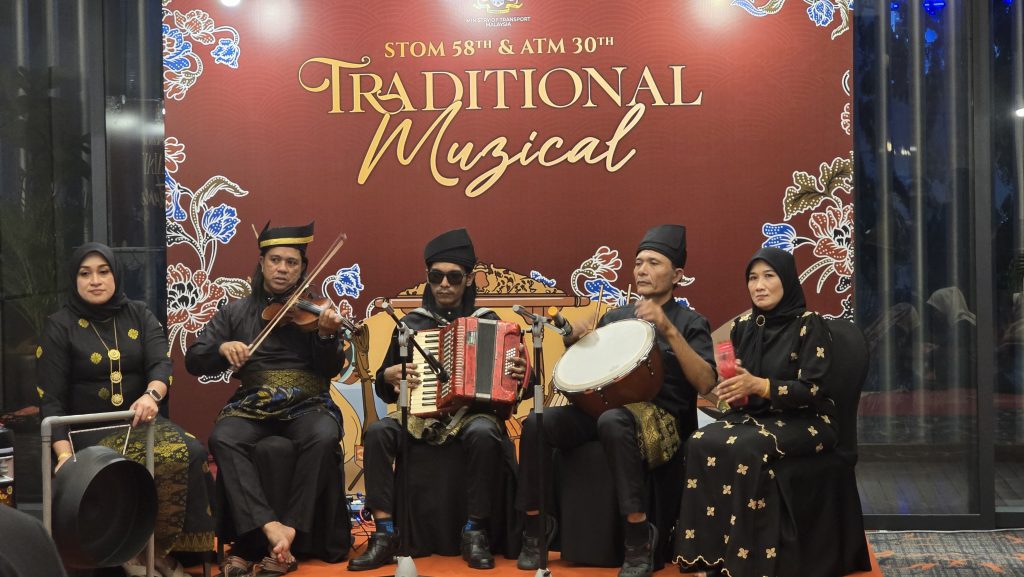

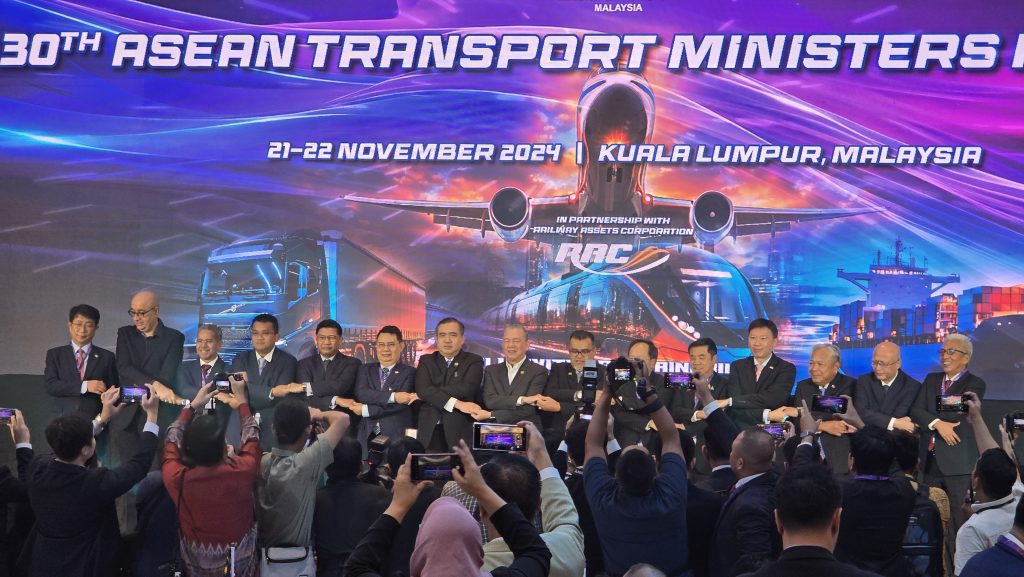

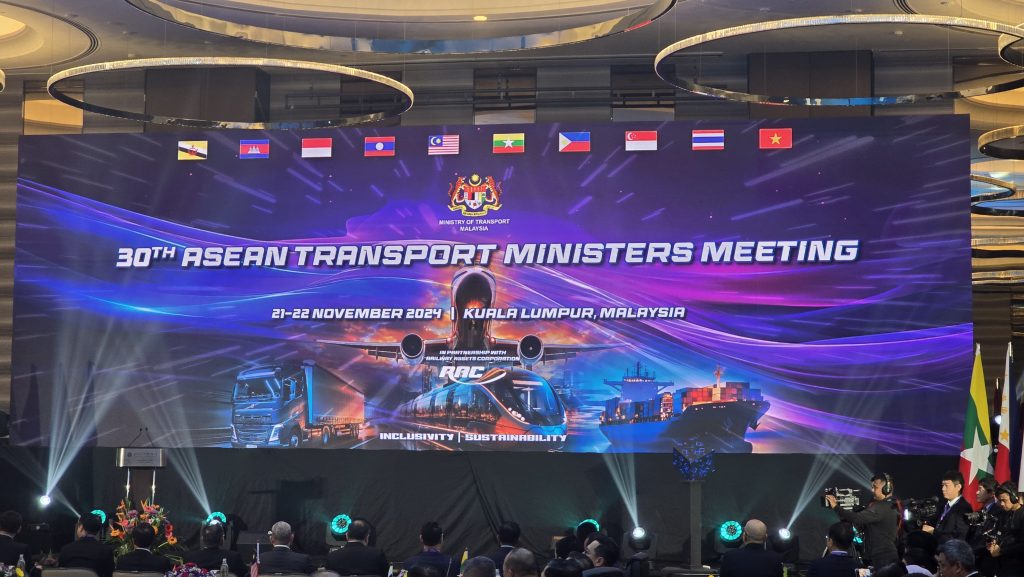







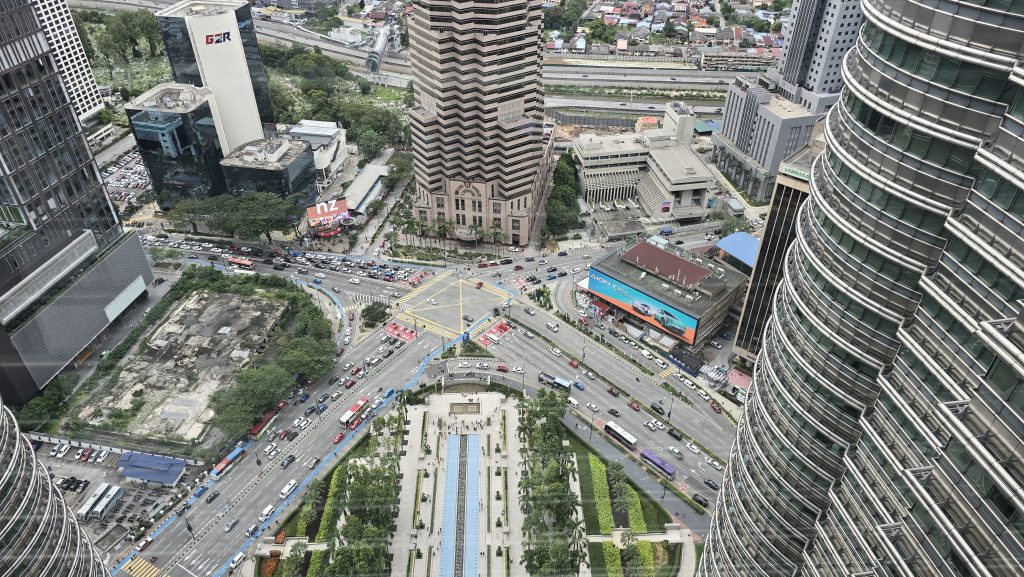

© 2025 TUPA. All rights reserved.